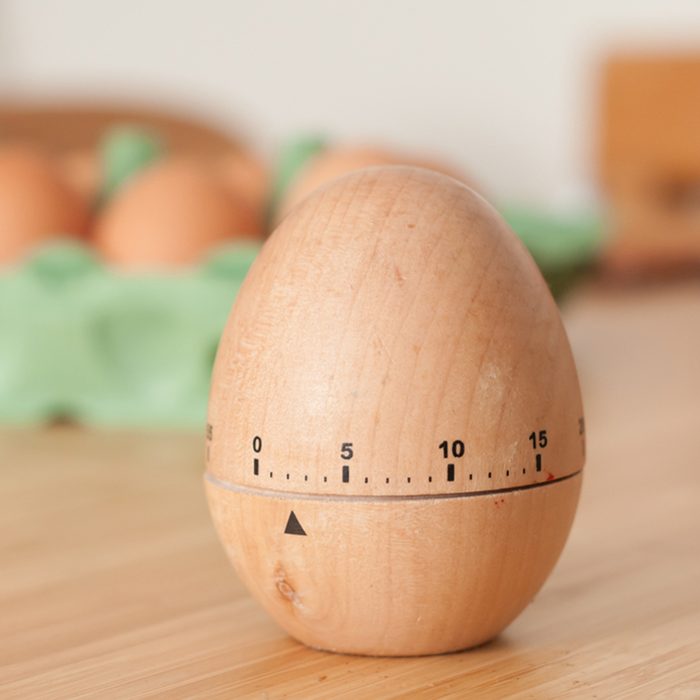
Stop relying on a timer
Timers definitely have their place in a kitchen; I use one all the time to keep myself from burning out-of-sight food in the oven! But, the best way to prevent overcooking your food is to use a thermometer when cooking meats and your sense of sight, touch and smell to determine when vegetables are ready.
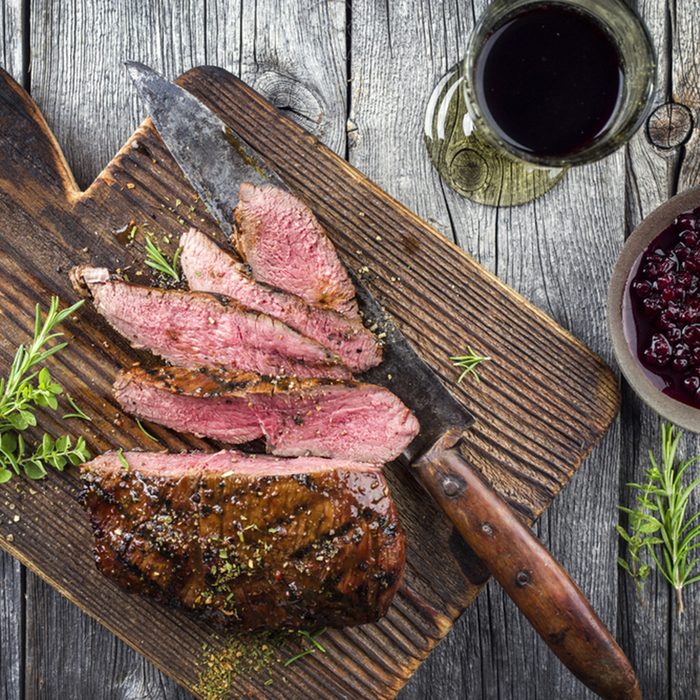
Stop cutting your meat as soon as it’s done
This is a big one: If you’re not resting your meat, all those delicious juices will spill out onto the cutting board, resulting in a dry, tough cut (no matter how perfectly you cooked it). Make sure to rest everything from steaks and pork chops to whole chicken and roasts. As a general rule of thumb, give your meat five minutes per inch of thickness or ten minutes per pound. It’s one of the most common Thanksgiving turkey mistakes.
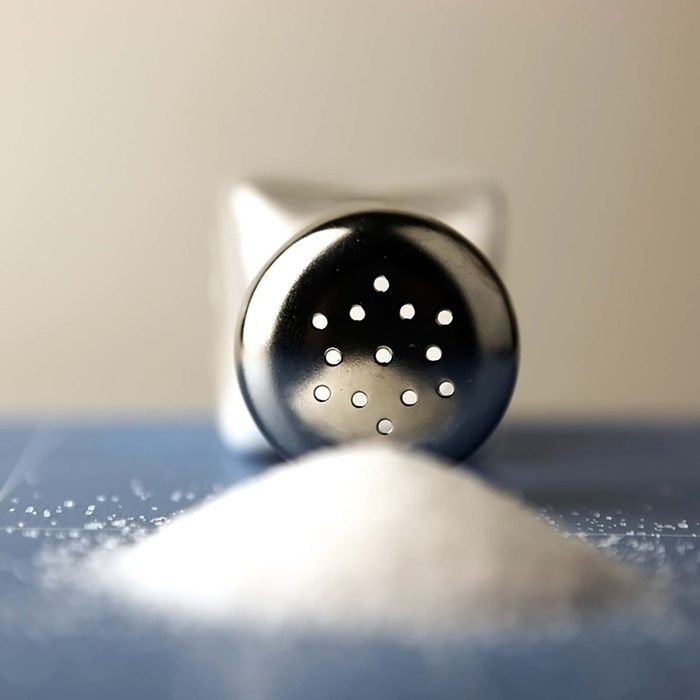
Stop automatically adding salt, pepper or condiments
As a chef, I’m never offended if someone wants to add salt and pepper at the table – after all, everyone’s taste buds are different. I do hate to see someone automatically doll the food up without tasting it first, though. You might be surprised to learn it’s perfectly seasoned as-is!
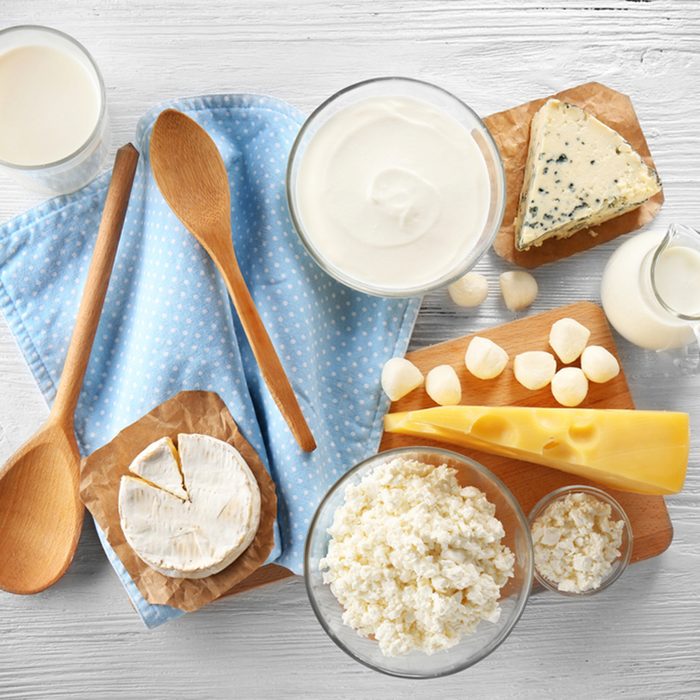
Stop avoiding fat
Fat is often seen as the enemy, but professional chefs know that fat is flavor. If you really want your food to taste restaurant-quality, don’t be afraid of using olive oil or butter when you’re cooking. That doesn’t mean you have to make things unhealthy, either; there are plenty of healthy fats you can incorporate into your food!
What’s the difference between good fat and bad fat? We break it down!
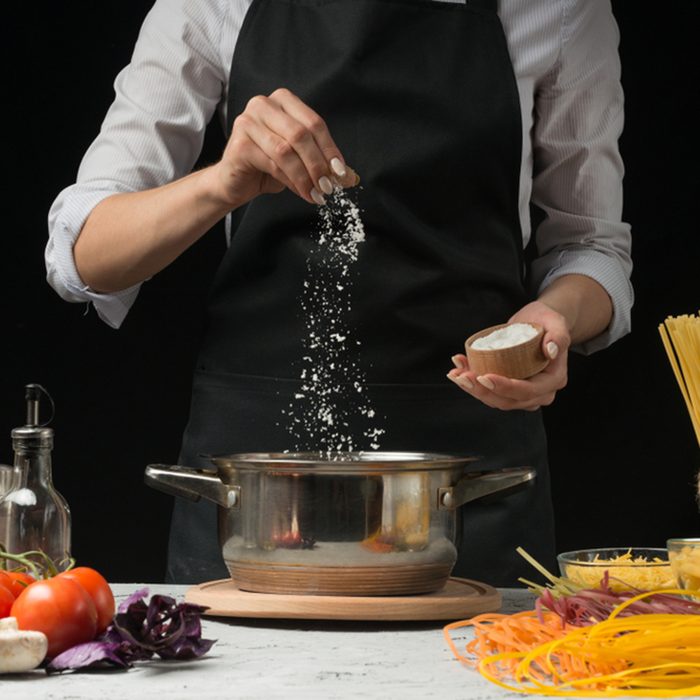
Stop waiting to salt at the end
Salt is uniquely suited to accentuate the natural flavors of your ingredients. If you just add it at the end, though, your food will taste salty. Instead, salt as you go, building layers of flavor that will make your food really stand out. For example, when making soup, I add a pinch when sweating the onions, another sprinkle when adding the stock and a final seasoning at the end.
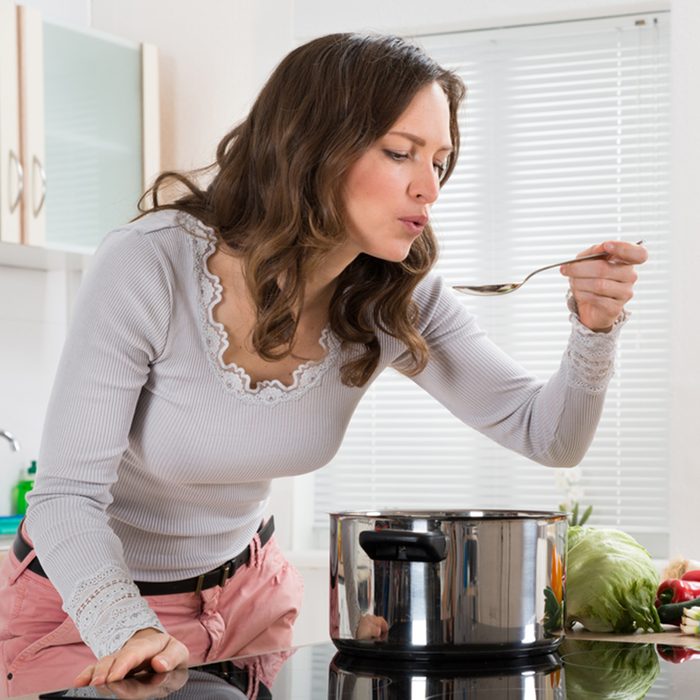
Stop assuming the recipe will work
The first thing I learned at culinary school is that if you’re not tasting, you’re not cooking! The recipe is just a guideline; it’s up to you to use your senses to make sure it turns out perfectly. Be sure to taste as you go, adjusting the dish with a pinch of this and a dash of that.
Learn everything you need to know about cooking without a recipe.
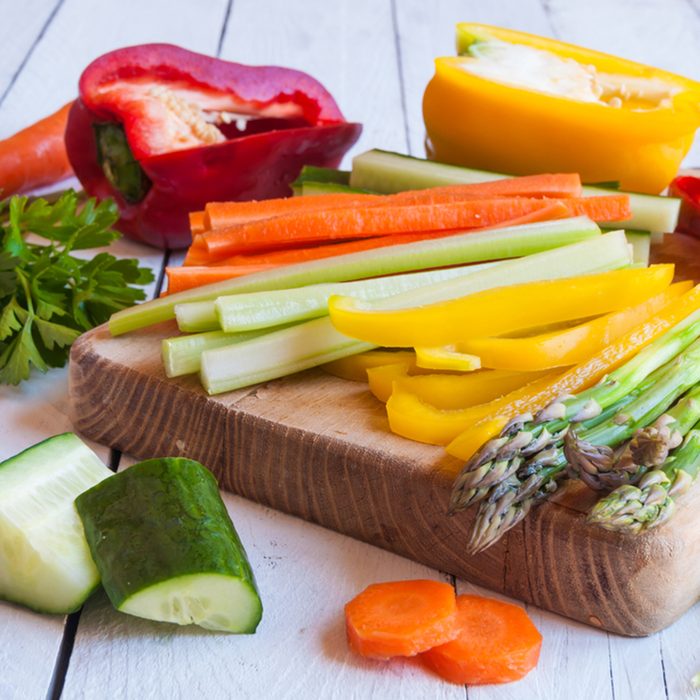
Stop being unprepared
In the restaurant, we call it mise en place: “everything in its place,” and it’s the key to being prepared for anything while cooking your recipe. If you read through the steps ahead of time and pre-chop all your ingredients, you won’t be caught by surprise as you’re cooking. It’s one of the top 10 cardinal rules of cooking, every professional chef knows.
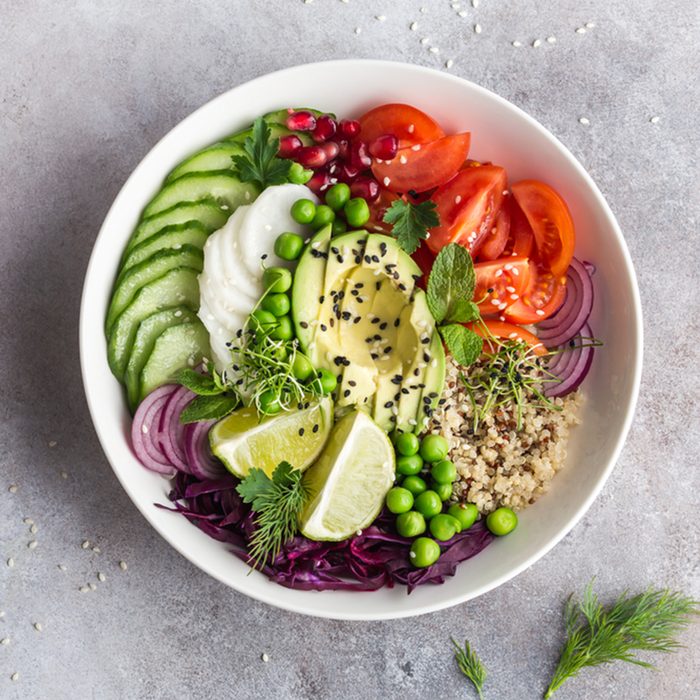
Stop ignoring the details
A chef considers all the details when composing a plate. If you’re not thinking about things like color and texture, your dish may turn out lacking. To take your food to the next level, pair something crispy with soft foods and balance heavy flavors with a splash of an acidic ingredient like vinegar or citrus juice. Don’t forget about garnish, either; topping the dish with chopped herbs adds a splash of color.
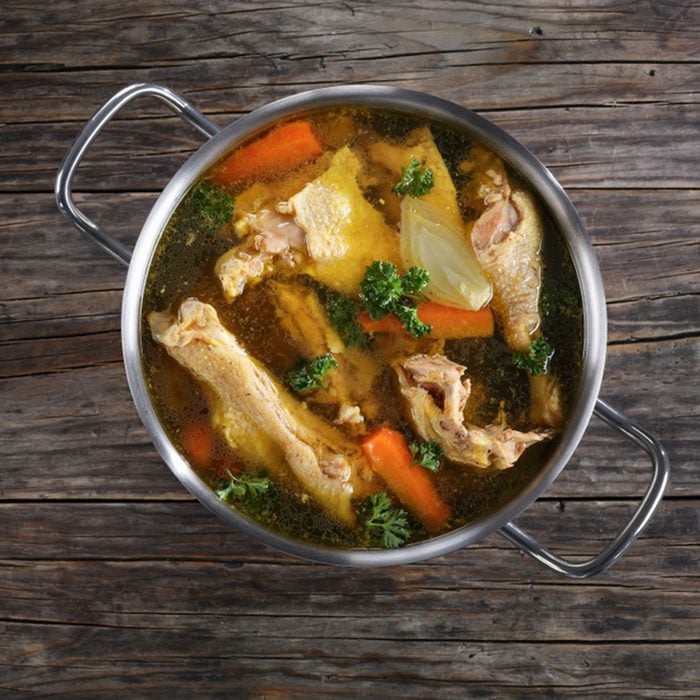
Stop throwing away bones and vegetable scraps
Homemade stock is the key to stellar soups, stews and braised dishes. Save the bones from your rotisserie chicken or bone-in ribeye and bag-up your vegetable scraps, storing them in the freezer until you’re ready to make stock. Wondering about the difference between bone broth and stock?
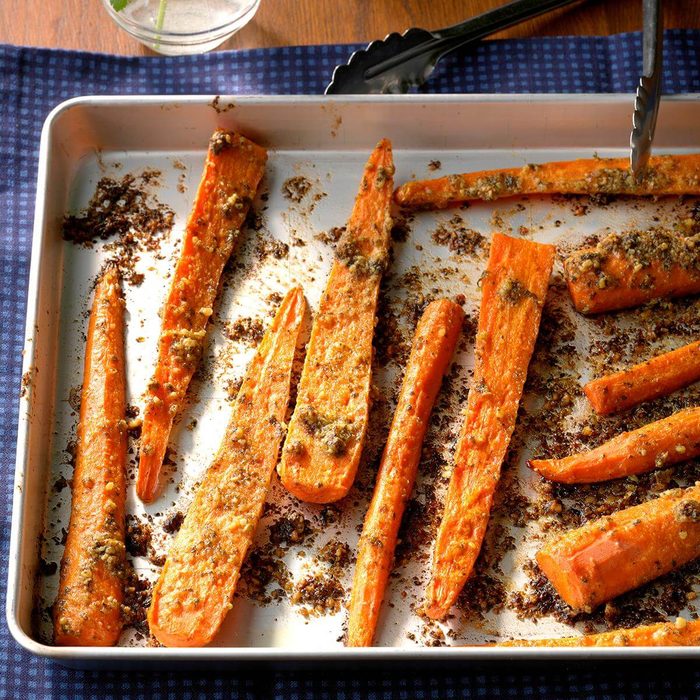
Stop overcooking your vegetables
Perfectly cooked vegetables not only taste better, but they look more appealing, too! Veggies give you a visual cue when they’re done by turning an extra-vibrant color. You can always taste them and add an additional minute or two of cook time if they’re still too crisp for your liking. Resist the urge to overcook them; there’s nothing fantastic about a soggy vegetable.
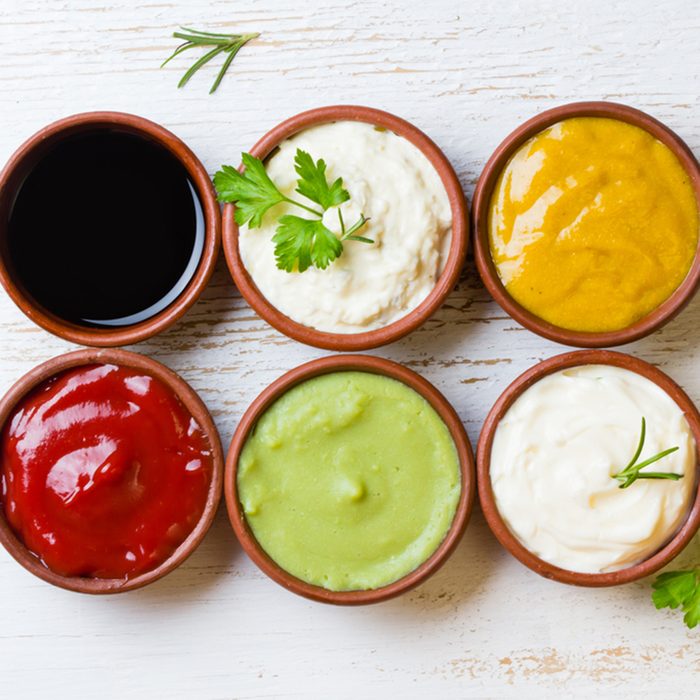
Stop forgetting about sauce
Whether you’re serving up a side of vegetables or a big, meaty entree, pairing your food with sauces can really take things to the next level. Have some fun with chimichurris, pestos, fresh salsa, tzatzikis and other sauce recipes to spruce up your dinner routine.
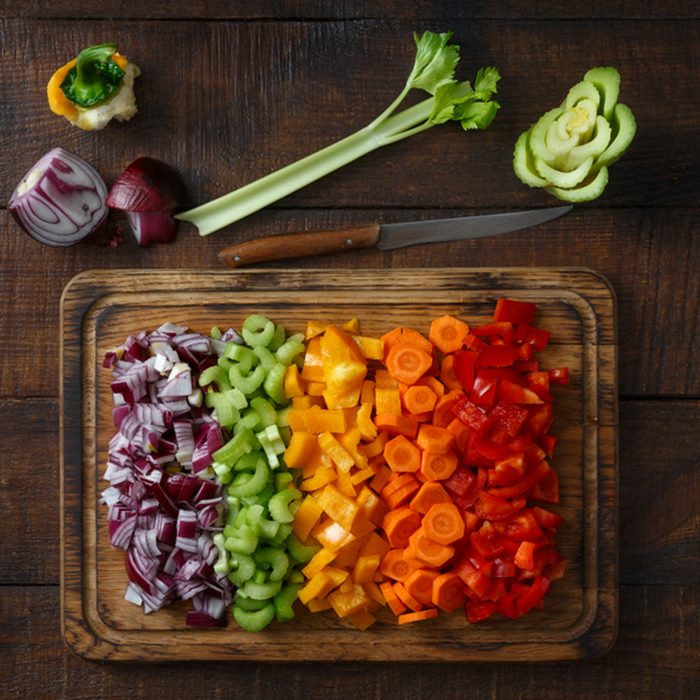
Stop haphazardly chopping your vegetables
The number one rule of making sheet pan dinners is to chop your ingredients evenly or they won’t cook at the same rate. The same rule is true of braising, sauteeing and simmering. Take your time and work on your slices and dices. You’ll acquire pro knife skills in no time! Or, you can use a chopping tool until you’ve built up your confidence.
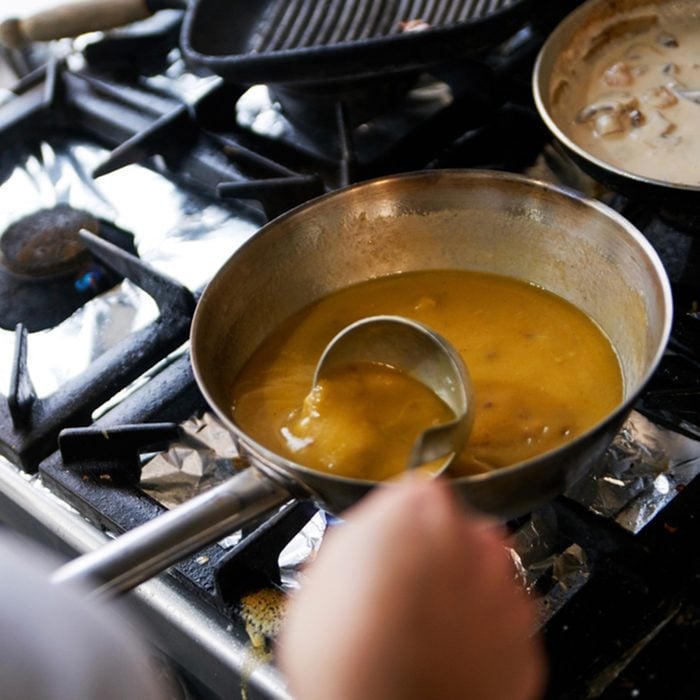
Stop leaving flavor behind
Grandma knew the secret to making the best gravy was in the deglazing! After you cook meat and vegetables, there are all kinds of caramelized bits on the bottom of the pan called fond. Adding liquid to the pan and scraping up those bits will add a ton of flavor to your food, instantly making you a better chef.
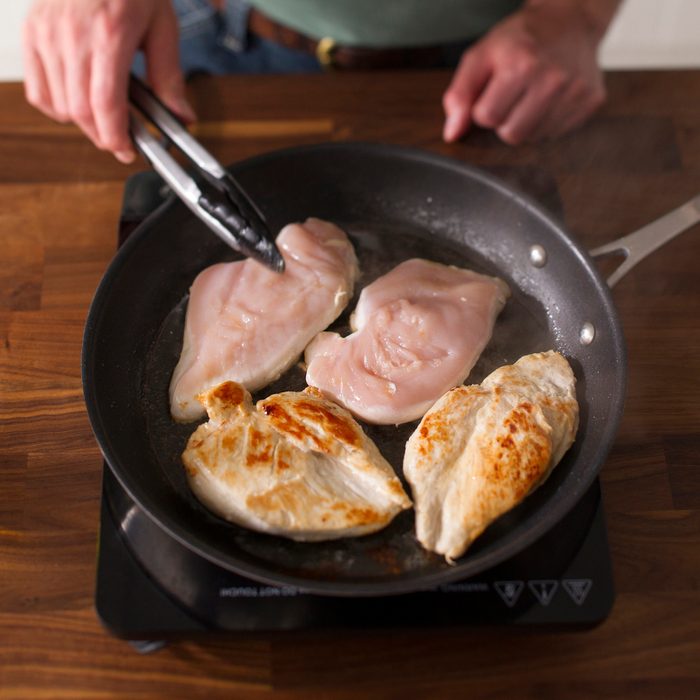
Stop cooking unseasoned meat
Using brines and marinades is a crazy-easy way to infuse a ton of flavor into your meat. Even if you don’t have time to whip together a marinade from scratch, you should at least salt your meat before cooking it. Salt pulls out excess moisture inside the meat while denaturing the proteins, leading to a juicier, more flavorful meal.
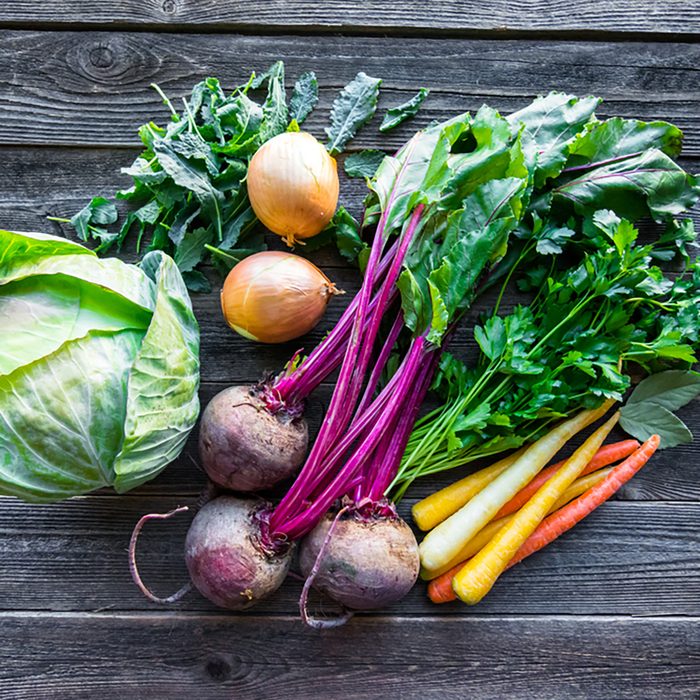
Stop using out-of-season produce
It’s hard to stop using tomatoes and bell peppers in the winter, but they just won’t taste that great if they’re grown thousands of miles away. Eating seasonally creates the perfect opportunity to learn how to cook winter vegetables! If you must use an out-of-season veggie, a package from the freezer aisle is probably fresher (and more nutrient-dense) than the stuff in the produce section.
